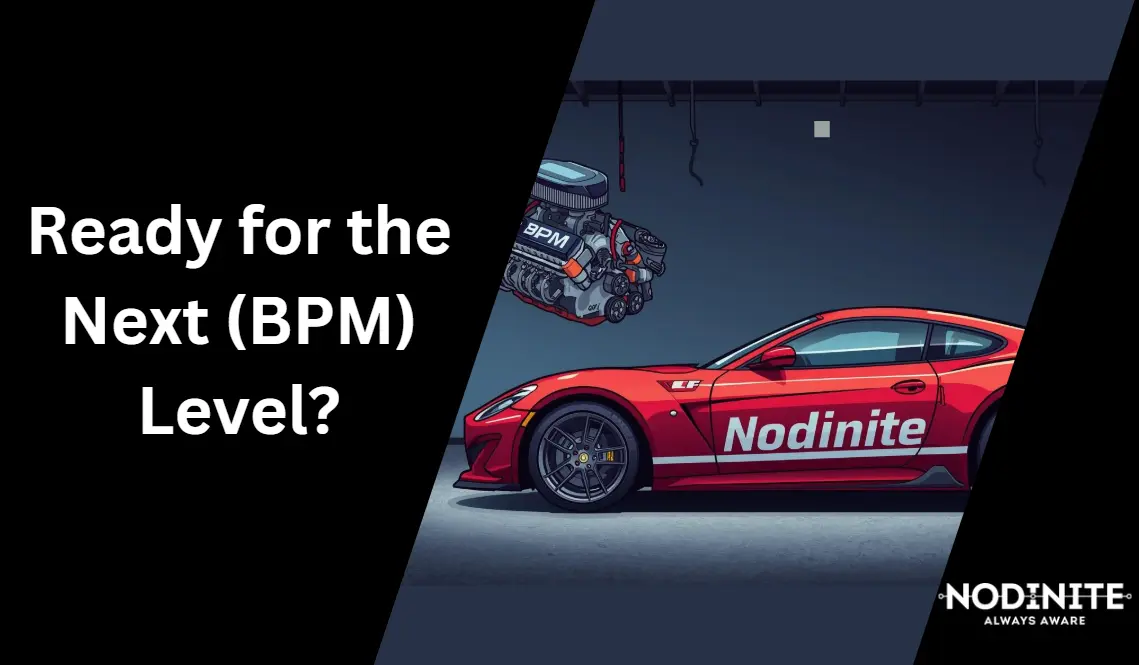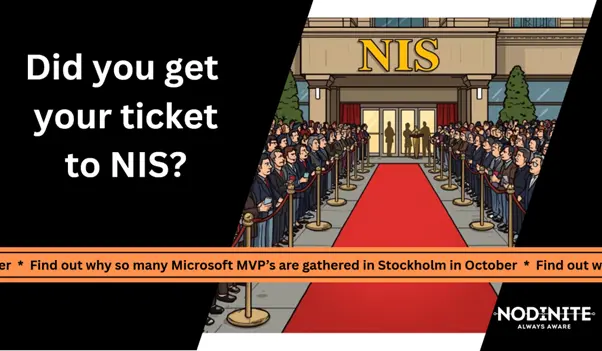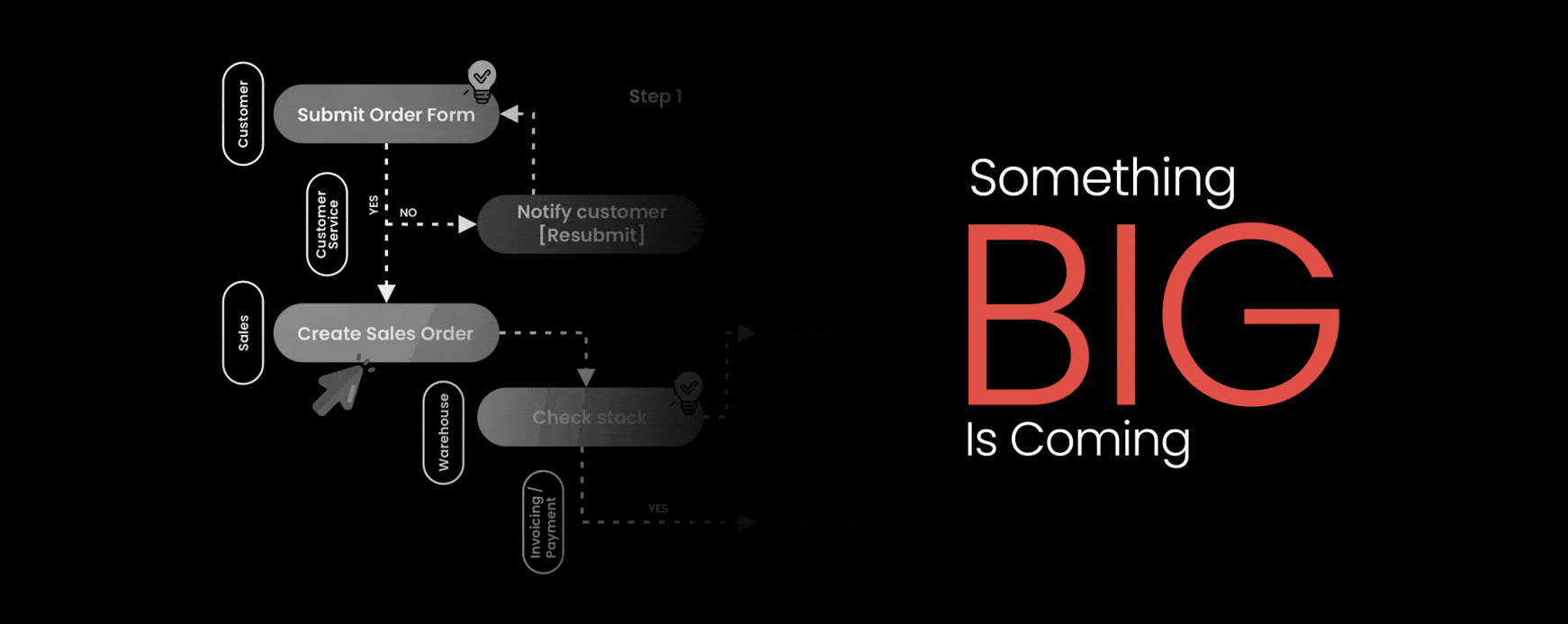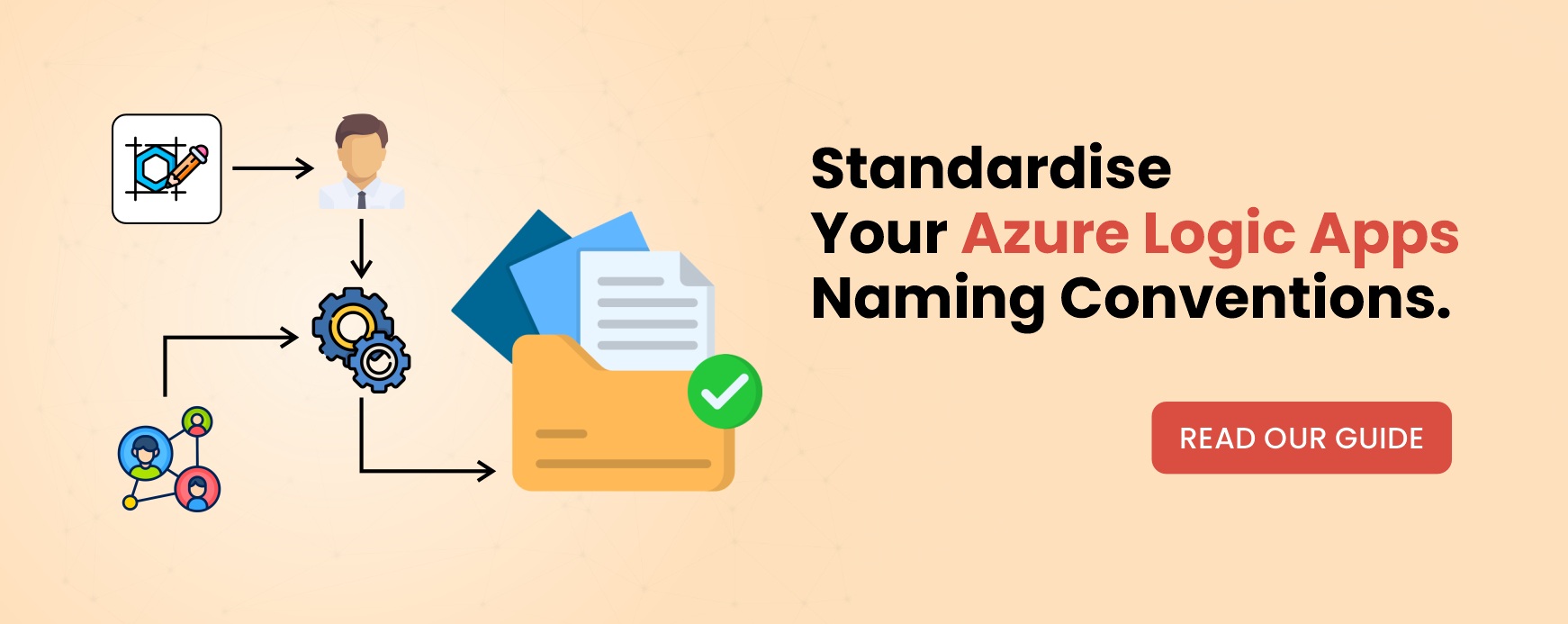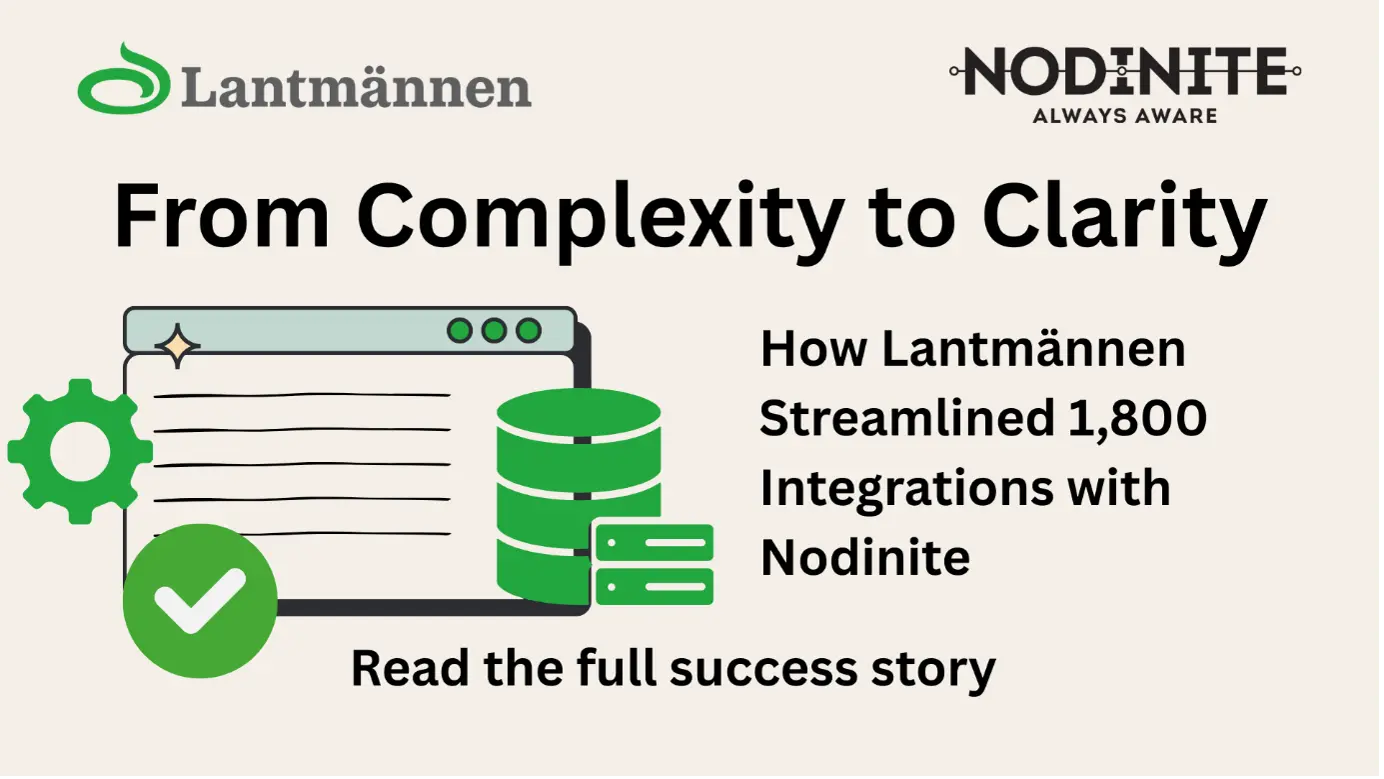
Architecting Clarity: Managing 1,800 Integrations with Nodinite’s Repository
While Nodinite’s logging and monitoring tools get all the attention, the repository/CMDB module has been quietly revolutionising IT operations. This standalone tool serves as the Swiss Army knife of IT ecosystems, dramatically reducing search times and creating efficient self-service cultures.
Why Nodinite?
After extensive evaluation, Lantmännen selected Nodinite’s repository/CMDB for its comprehensive functionality, easy implementation, minimal training requirements, and competitive pricing.
###
Implementation from Start to Success:
- Timeline: Started documenting in May 2024, went live in July 2024.
- Progress: 450 integrations documented by September 2025 (out of 1,800 total).
- Goal: Complete documentation by end of 2026.
Since July 2024, all new integrations must follow standardized development processes using the repository. As changes to existing integrations that are not in Nodinite arise, the same documentation principles as in Nodinite apply.
Optimizing Integration Lifecycle Management
The repository is integral to Lantmännen’s integration lifecycle:
- New projects start with repository setup, not code
- Developers collaborate with business units and project managers
- Continuous updates throughout the project lifecycle
- Clear responsibilities on what role/function will provide Nodinite metadata information.
- Full integration with existing development and business processes
###
Maximizing Impact: Key Questions for Value Creation
Prior to implementation Lantmännen conducted three powerful demonstrations to showcase repository value:
Question 1, Integration Visibility:
Asking questions like “Do you know how many integrations your department manages?” or “How many system integrations do I have as a platform owner of system X”. The repository generated comprehensive department-specific integration lists in seconds.
Question 2, GDPR Compliance:
“Which integrations handle certain levels or classifications of GDPR data?” This revealed significant knowledge gaps. A system might be classified to contain the highest level of GDPR data, but that does not mean all integrations should be classified at the same level. The repository enables quick identification and reporting of sensitive data handling, improving compliance monitoring.
Question 3, Priority Management:
“Which integrations should be repaired first during system failure?” Repository filtering allows prioritization by business unit, integration platform, and impact level (P1-P4 systems and integrations), ensuring critical integrations receive immediate attention.
###
Best Practices for Integration Development
Lantmännen established a 9-step process for developing new integrations:
- Initial consultation with Integration Architect
- Request review and platform assessment
- Recommendation or rejection decision
- ServiceNow request submission
- Planning and partner collaboration
- Task assignment to appropriate developer
- Development with business unit collaboration
- Testing and documentation
- Service introduction review before production
